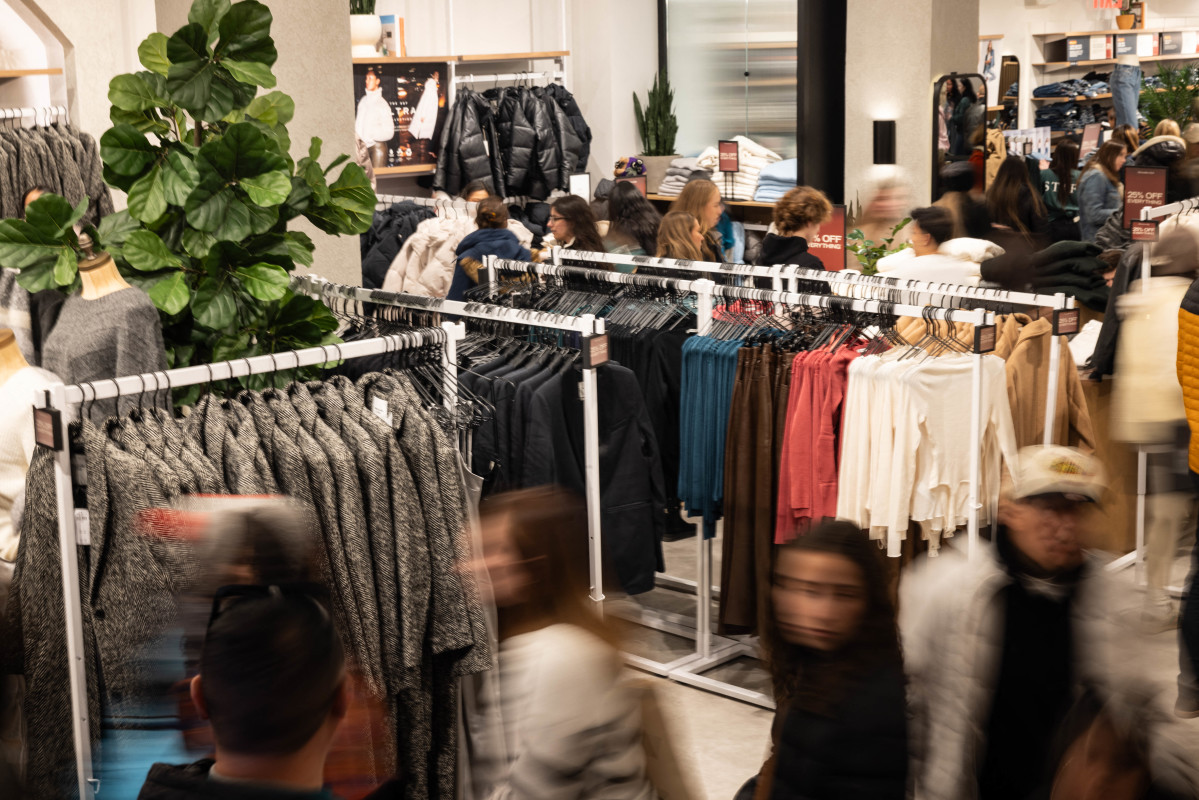
It's been a tough several years for retailers that operate primarily out of malls or shopping centers that rely heavily on spillover foot traffic.
Think about the last time you made a trip to the mall. If you're like many Americans, chances are that trip was quite a long time ago, and you aren't planning another trip for quite some time.
Related: Walmart makes a major price cut that will delight customers
But when you did visit that mall, you probably noticed a couple of things. First was probably the vacancies. Retailers typically pay an outsized rent to get a privileged location, where prospective customers may bump into a store when they otherwise may not have set out expressly to shop there.
But mall foot traffic has gone down across the country, and paying that outsized rent no longer makes sense to many retailers. High rents in large shopping malls are now more of a burden than a surefire ticket to increased comparable store sales and profitability.
The second thing you may have noticed at your mall trip was that the stores that were still in operation were either mostly empty or crowded beyond belief. There's really no in between anymore. In today's retail landscape, you are either a Sephora, swarmed by teens and younger women eager to try out the latest social media cosmetic sensation, thriving on your success despite mall placement, or you're Macy's (M) , with multiple levels of empty floor space and a rapidly shrinking footprint across America.
There are very few in-betweeners nowadays, and the crafty retailers are breaking away from the once iron grip of malls, instead opting to expand in strip malls and busy downtown hubs as stand alone stores.
Abercrombie introduces new fashion line
Such is the case with Abercrombie and Fitch (ANF) , which has cutting down on its once-large mall footprint, instead swapping its operations to swanky downtown centers (it opened a large flagship location in New York City's 5th Avenue in 2023) and a streamlined online business.
It recently launched an athleisure brand, called YPB, which stands for Your Personal Best, in an effort to adapt to changing fashion trends. Many young shoppers no longer want skin tight low-rise denim and popped collar polo shirts. They're instead opting for yoga pants, mid-line cropped athletic tops and more inclusive styes.
And in March, in an effort to further capture yet another growing trend, Abercrombie & Fitch is launching its own wedding and wedding-adjacent line, called The A&F Wedding Shop.
The A&F Wedding Shop features a new line of over 100 dresses, clothes, and accessories designed for weddings and formal events. It includes items for several key events, including:
- Rehearsal dinners
- Wedding receptions
- Bachelorette parties
- Bridal showers
- Honeymoons
- Getting Ready
Most of the items are between $70-$200 and feature on trend styles like floral high-low dresses, asymmetrical skirt ensembles, tiered gowns and satin nighties. It even includes an entire section for the bride, with several formal gowns that may be used as wedding or reception dresses that start around $100.
Other retailers who have tried moving away from malls and into more lucrative ventures have found success in the bridal realm. Anthropologie, which has increasingly been opening its own standalone brick-and-mortar stores, operates an in-house bridal shop called BHLDN, complete with bridal studios and onsite dress consultants.
A foray into bridal, which is often a much higher margin business than fast fashion may be just the antidote Abercrombie needs to withstand the retail apocalypse and instead reinvent itself in the 2020s for a notoriously fickle Gen Z, whose tastes change rapidly thanks to the ever presence of social media.







